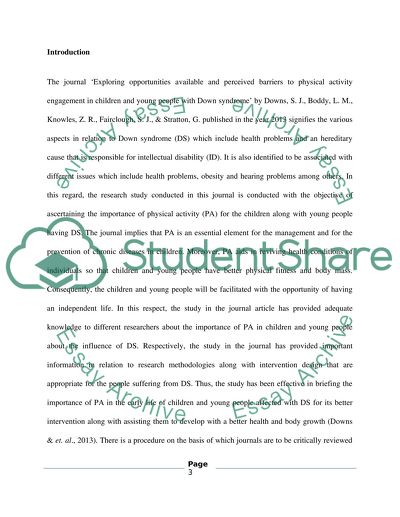Cite this document
(“Analysing research literature Essay Example | Topics and Well Written Essays - 2000 words”, n.d.)
Retrieved from https://studentshare.org/education/1490366-analysing-research-literature
Retrieved from https://studentshare.org/education/1490366-analysing-research-literature
(Analysing Research Literature Essay Example | Topics and Well Written Essays - 2000 Words)
https://studentshare.org/education/1490366-analysing-research-literature.
https://studentshare.org/education/1490366-analysing-research-literature.
“Analysing Research Literature Essay Example | Topics and Well Written Essays - 2000 Words”, n.d. https://studentshare.org/education/1490366-analysing-research-literature.


